Wünsdorf Officer's House
A statue of Vladimir Illyich Lenin guards this abandoned building in the "Forbidden City."
Vladimir Illyich Lenin remains at his post in the “Forbidden City”—or at least, a statue of him does. Once, there were 75,000 Soviets here, back when Wünsdorf was the Red Army’s largest Soviet military camp outside the Soviet Union.
Once, trains departed daily to the real Moscow from this extraordinary 60,000-acre site. Now a landlocked Marie Celeste, the settlement lies still, silently remembering when hordes of Russian soldiers nested here in anticipation of any dissent from the German population or to quell any Western forces’ incursion. Or remembering the voices of times past when the Nazis occupied it before them or when the Prussian military barracked here.
The Officer’s House is its centerpiece, outside of which the weather-beaten Lenin keeps watch. The Soviets did not build the officer’s house (with the exception of the bizarre Space Age nightclub clawing to the back of the house). Its history stretches back to 1871, when the Prussians established a shooting range here. By the start of World War I in 1914, it had expanded enormously to become the largest military base in Europe.
After World War I, the Army Sports School was established here and remained in use until 1943. While all other nations competing in the 1936 Olympics trained at the Olympic village in Elstal, the German team honed their skills at The Officer’s House. The German Olympic team was not alone, as they were rooming with the Third Panzer Division, who took up residence during 1935.
The German Supreme Command moved in days before the invasion of Poland. The Nazis’ entire World War II campaign was guided from the nearby Zeppelin underground communications bunker, providing direct contact through telex to the fronts at Stalingrad, France, The Netherlands, and even Africa.
The Soviets took the complex in April 1945 without a shot being fired, as the Germans had already abandoned it. Soviet Marshal Georgy Zhukov made it his headquarters and the Soviet High Command remained here until their complete withdrawal in 1994. Locals were moved out and the area became restricted. East Germans were not allowed near it, and it became known as Die Verbotene Stadt, the Forbidden City. Now, it’s a little piece of Russia rotting and withering away as the surrounding forest looms python-like on its lonely edges.

















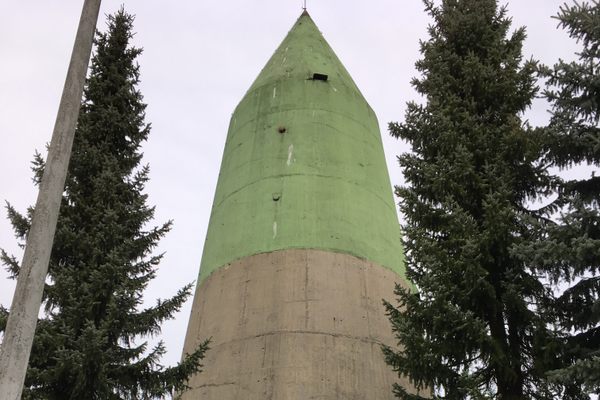
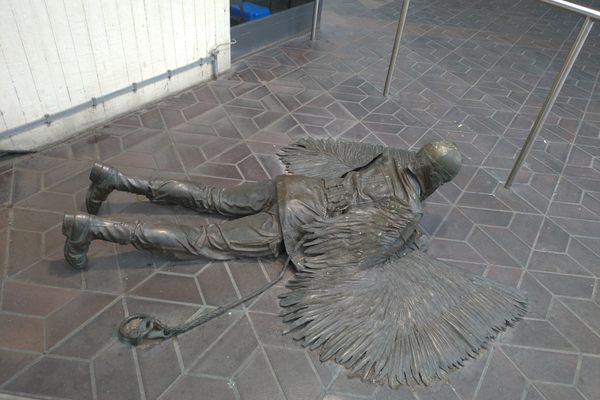

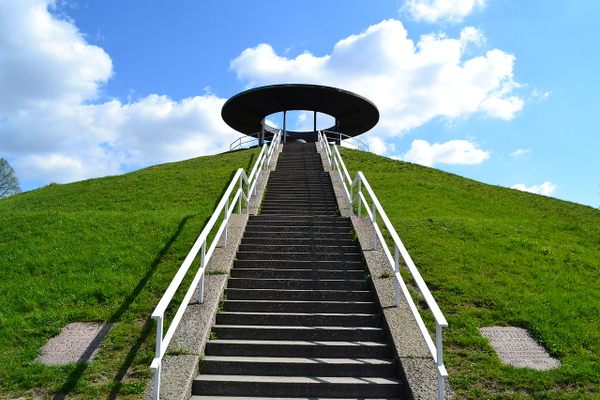

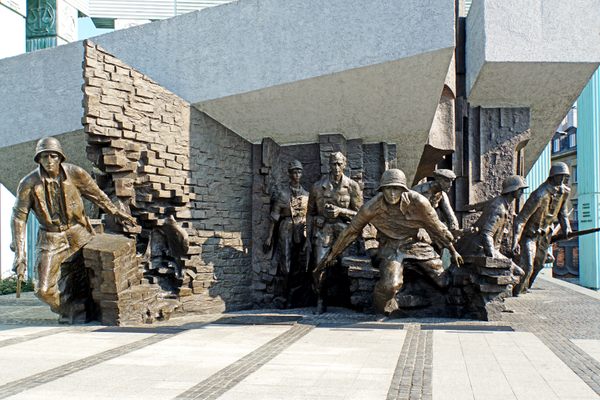

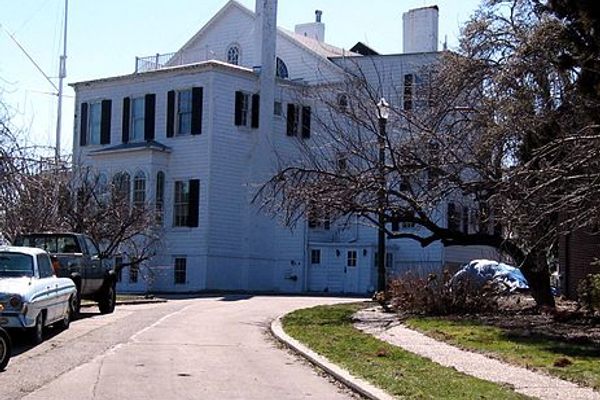

Follow us on Twitter to get the latest on the world's hidden wonders.
Like us on Facebook to get the latest on the world's hidden wonders.
Follow us on Twitter Like us on Facebook